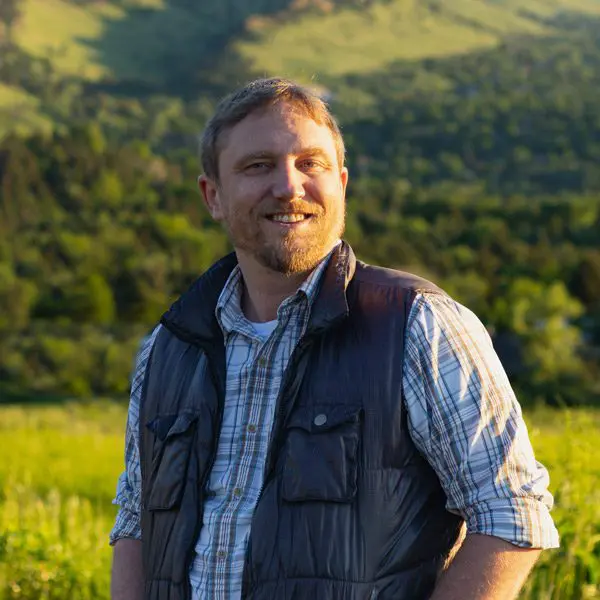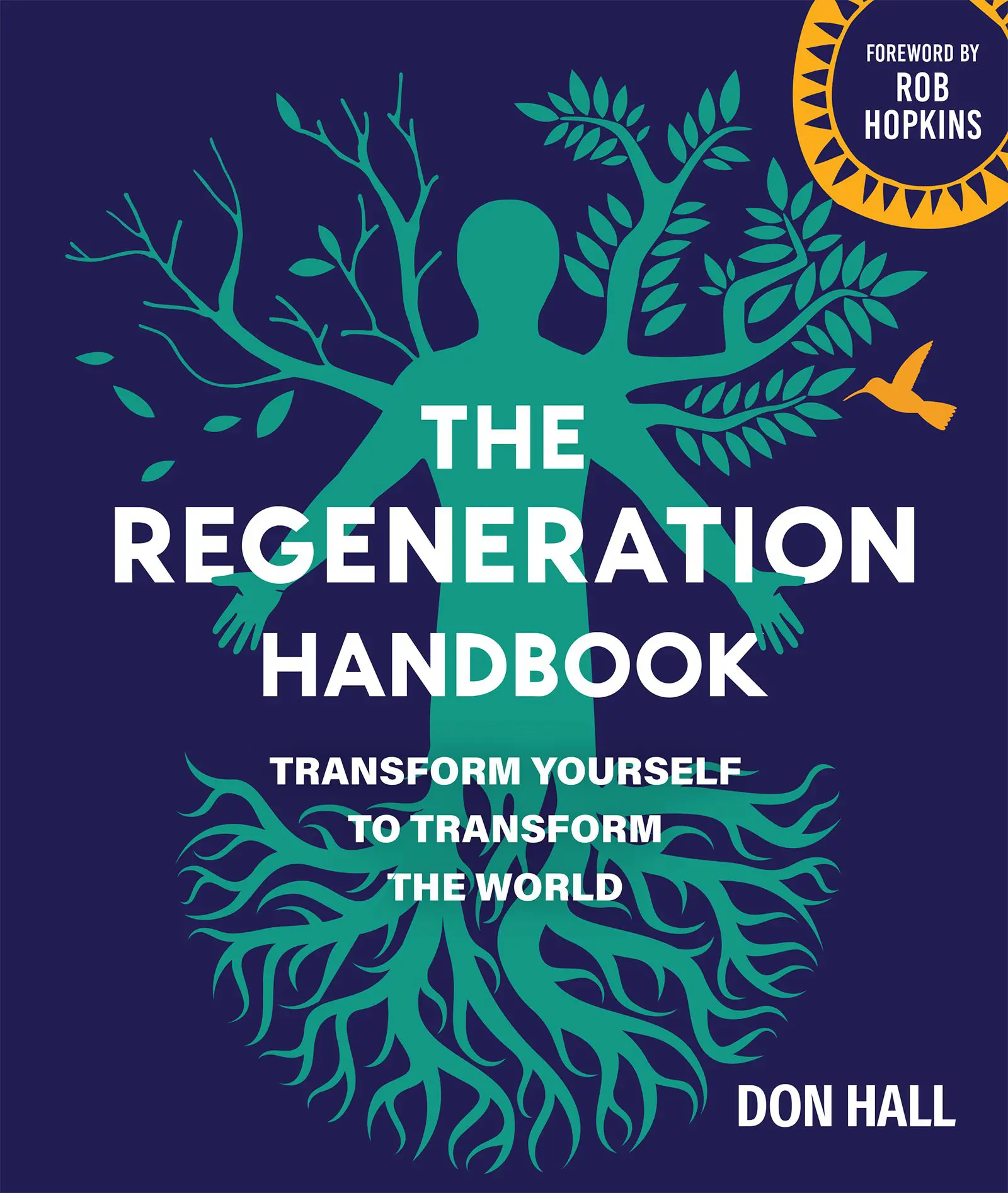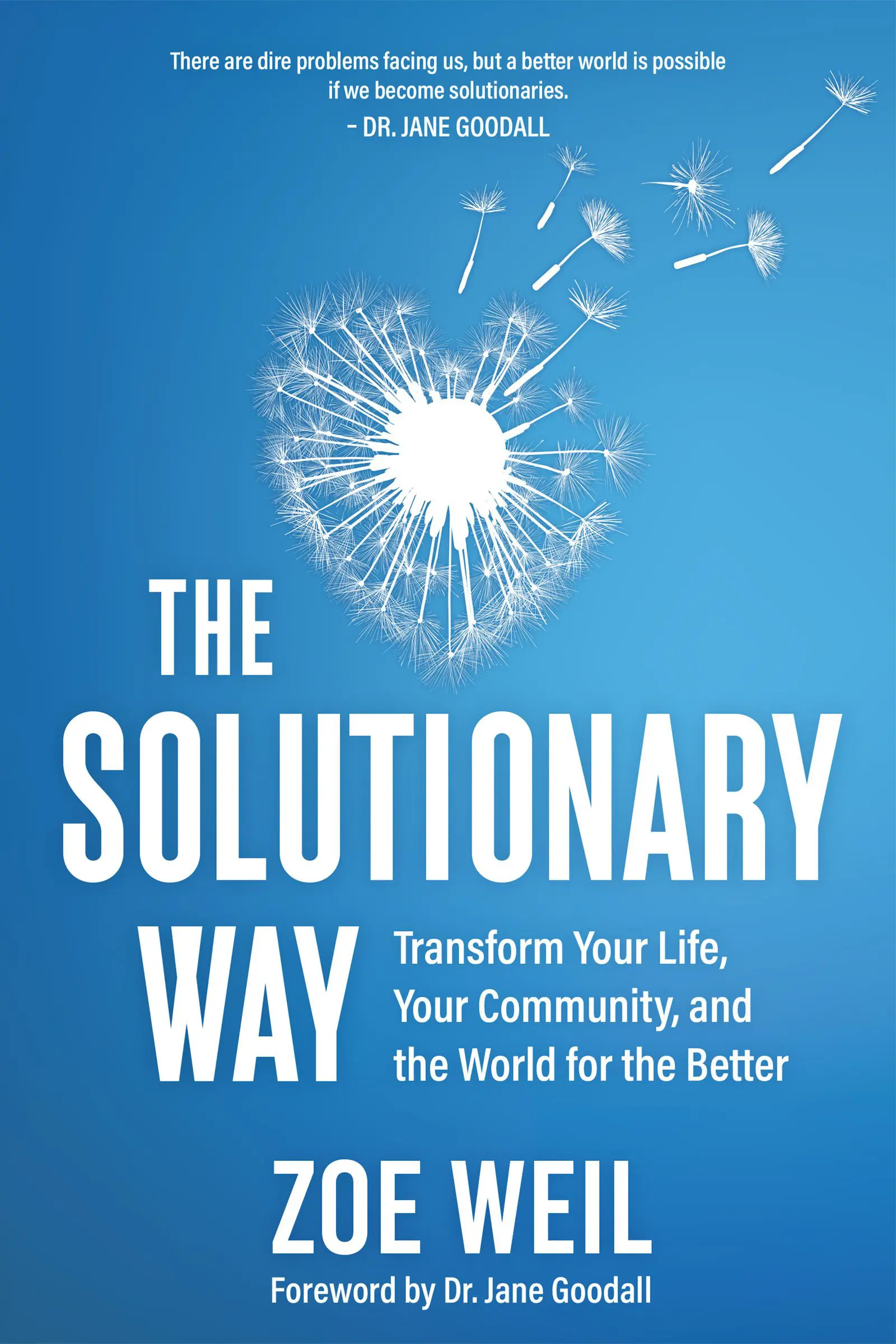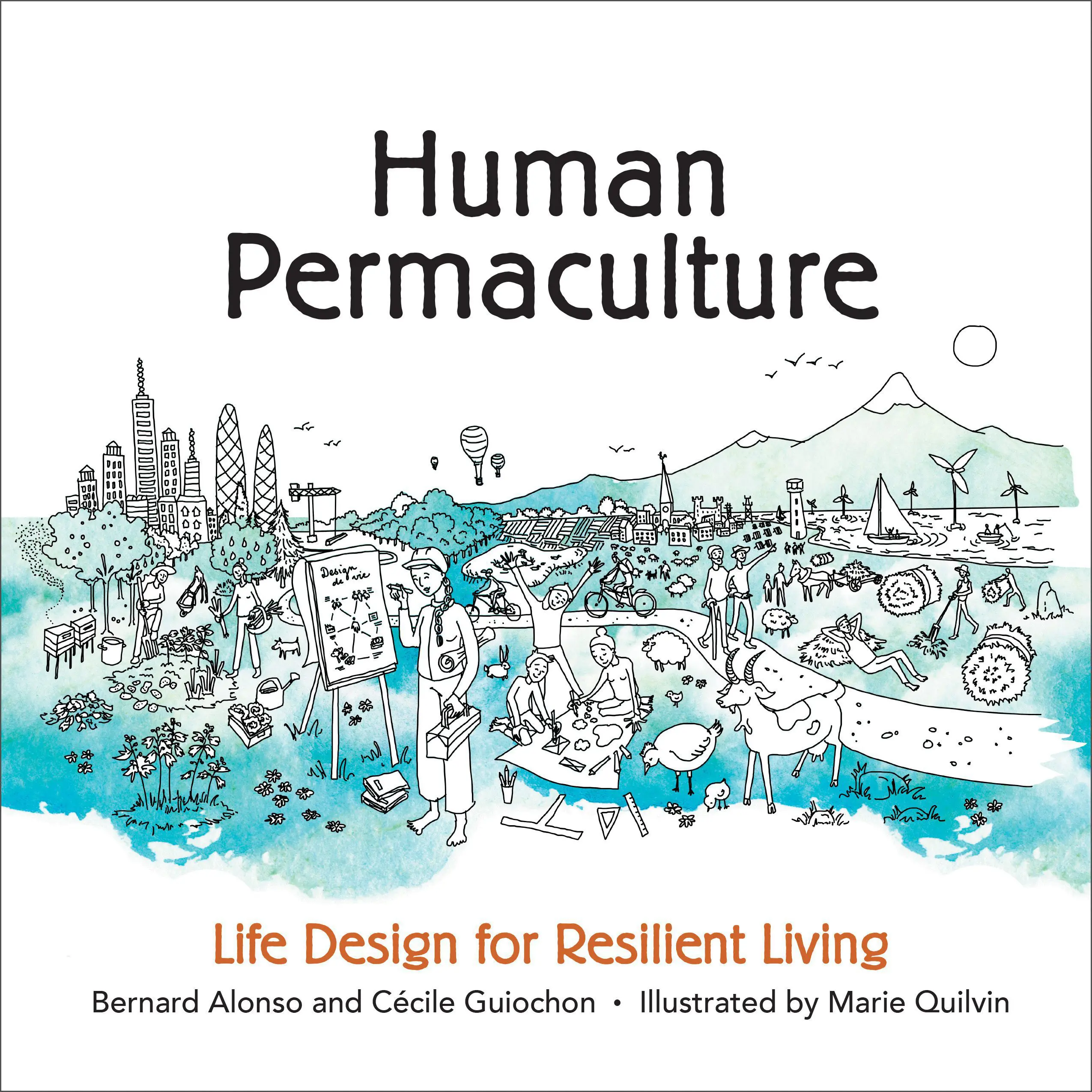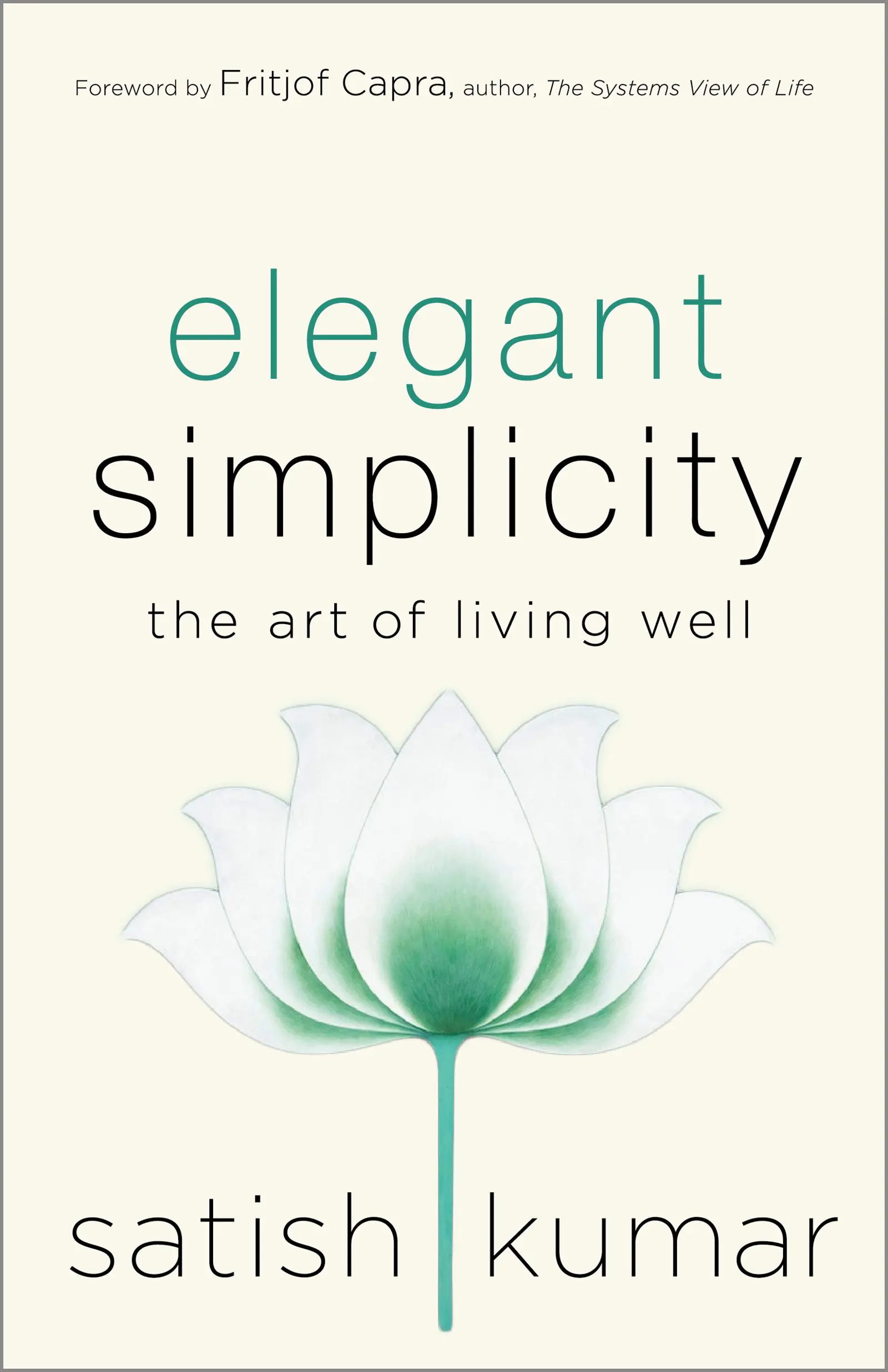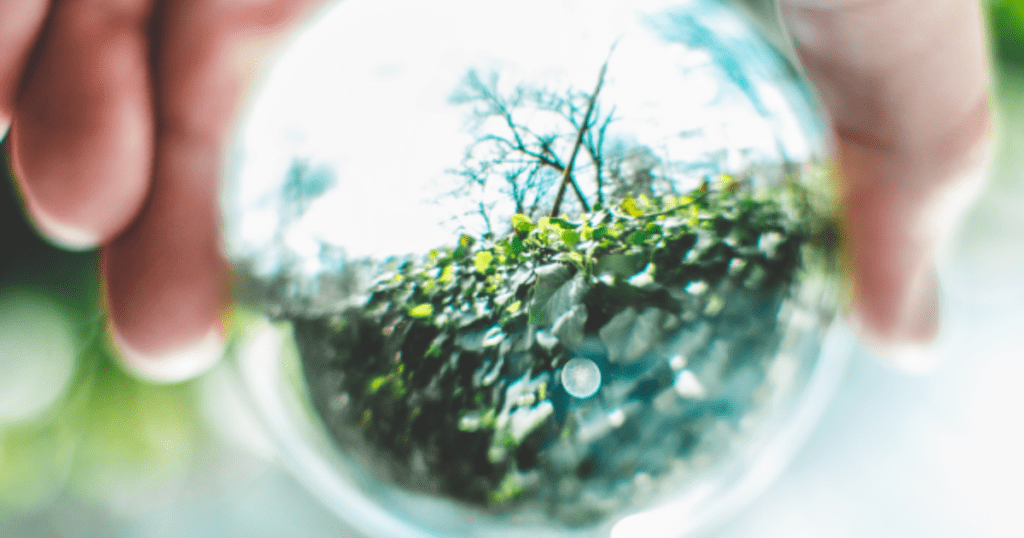
Maintaining healthy balance in our lives can be challenging, especially with regards to our health, work, and the complex problems the world is facing. In The Regeneration Handbook, author Don Hall introduces universal patterns of Transformation, Expansion, Wholeness, and Balance, and how understanding and working with these patterns can help us map out a just and regenerative future. Today we’re sharing an excerpt from The Regeneration Handbook, exploring the concept of balance and how it dynamically manifests in nature and evolution.
Patterns of Balance
Balance is often thought of as a static state, but not even death is truly static. Life, as living systems science tells us, exists in a dynamic state far from equilibrium. As such, Balance is constantly in flux, and there’s no magic formula that can tell us how to find it. Instead, we have to experiment and engage our intuition to pinpoint the sweet spot.
There’s a famous story in Buddhism about a sitar player who asked the historical Buddha how to work with his mind in meditation. The Buddha replied by turning the question around on the sitar player, asking him how he tuned his instrument. After reflecting for a moment, the sitar player replied: “Not too loose, not too tight.” In other words, you know it when you hear it.

In nature, we see patterns of Balance at work in the alternation of day and night, predator-prey relationships, and negative (or self-balancing) feedback loops. A classic example of a self-balancing feedback loop is a thermostat. When the temperature in your house rises above a certain point, your thermostat senses that and temporarily shuts off your heat. Then, when the temperature falls back below that same point, your heat automatically kicks back on again.

Most of Earth’s natural cycles, such as the carbon cycle, have evolved to function this way. Historically, plants, animals, oceans, and soil have all worked together to keep levels of carbon dioxide in our atmosphere relatively stable. However, since people began digging up and burning massive amounts of fossil fuels that took millions of years to form, we have upset that delicate balance, bringing about disastrous consequences in just a few short centuries.
Evolutionary change also harnesses the power of positive (or self-amplifying) feedback loops, but we need to be extremely careful with them. Although self-amplifying loops can be revolutionary, they can easily spiral out of control. An example of this is the effect of climate change on Earth’s polar regions, where increased temperatures have caused ice to melt, exposing darker land and ocean beneath. These darker surfaces, in turn, absorb more heat, warming the planet further and melting more ice even faster.
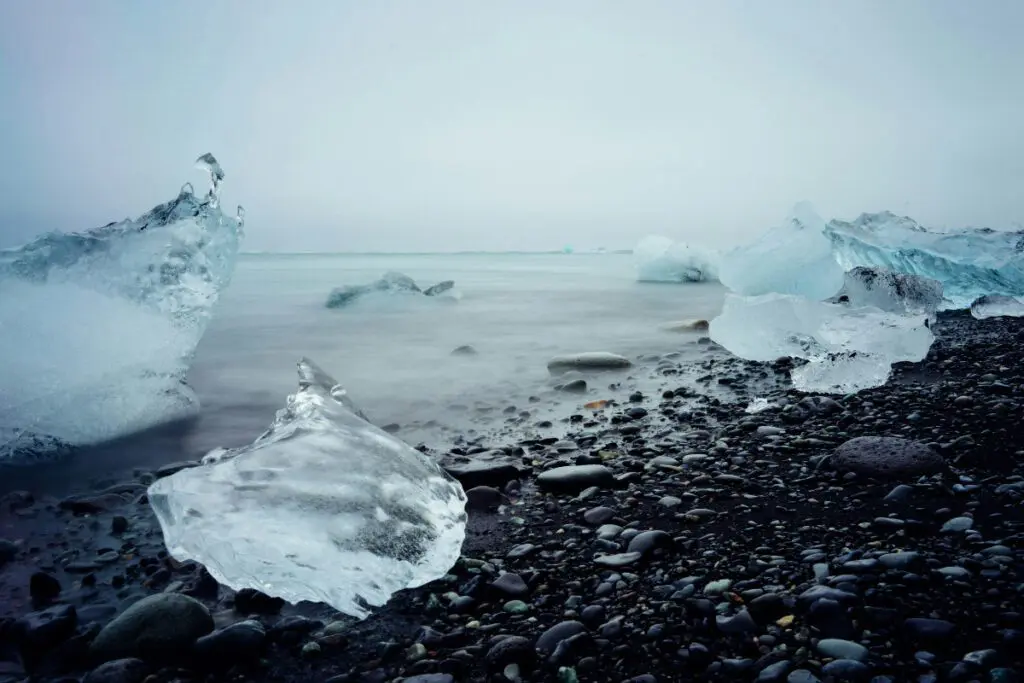
The yin-yang, associated with Taoist philosophy, is perhaps the most well-known symbol of Balance. With its swirling patterns of dark and light, each containing a bit of the other, it represents interdependence and harmony among opposites.
Normally, we try to draw towards ourselves everything we think will benefit us while pushing away whatever appears unfamiliar, threatening, or unpleasant. While this approach to life has its logic, the problem is that we don’t always know what will help and what will hurt us. If we only seek out that which is comfortable, pleasurable, and easy, avoiding anything that’s difficult, we’ll eventually find ourselves stunted, arrested in our development. I know many people who choose to focus only on the “positive” aspects of life, rejecting the widespread suffering of our world as too “negative” to even contemplate. If we do this, however, we’ll end up naive, uncompassionate, and small. To realize our fullest potential, we need to embrace the totality of our experience, whatever that may be.
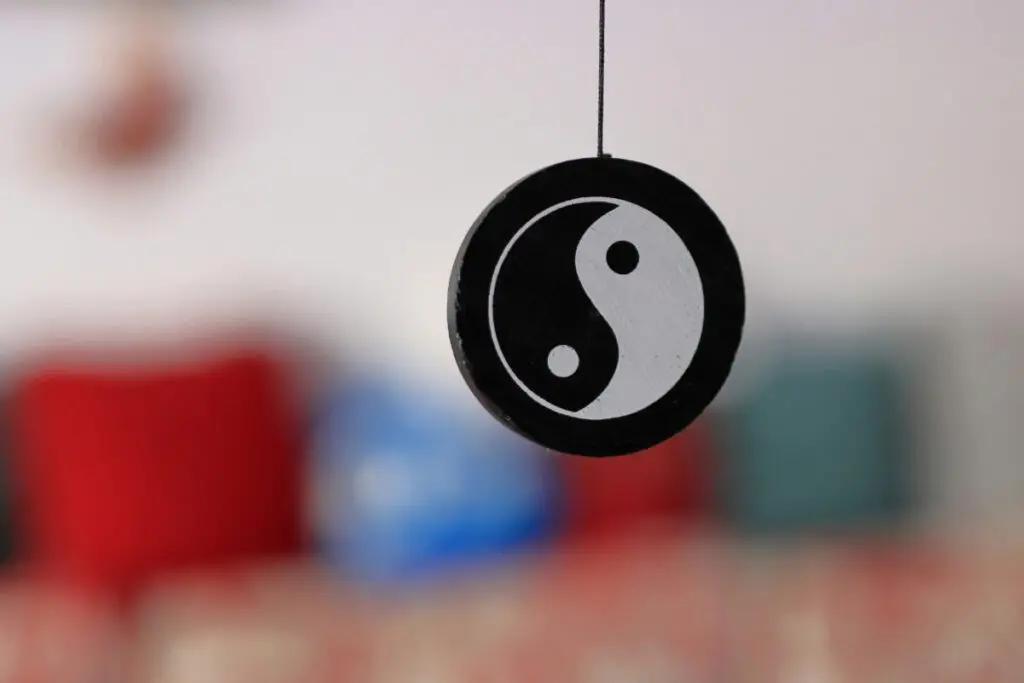
The meta-pattern of Balance can also be expressed as a spectrum or paradox: a seeming contradiction that isn’t really a contradiction at all. Ultimately, we need to abandon all fixed ideas and dualistic thinking. While philosophers have debated fate versus free will for thousands of years, most have failed to realize that life isn’t an either/or. It’s a both/and. Rarely is the answer black or white, and there are many beautiful colors in between.
Patterns of Balance in this book include the inseparability of self and other, freedom and limitation, action and reflection, and challenge and opportunity. They are also evident in the ways that Wholeness and Balance, like Transformation and Expansion, complement each other. We can imagine the yin-yang of Balance being placed at the center of the mandala of Wholeness and radiating out from there. In seeking to cultivate Wholeness, we not only need to engage and develop every part but also ensure each part is continuously held in Balance.
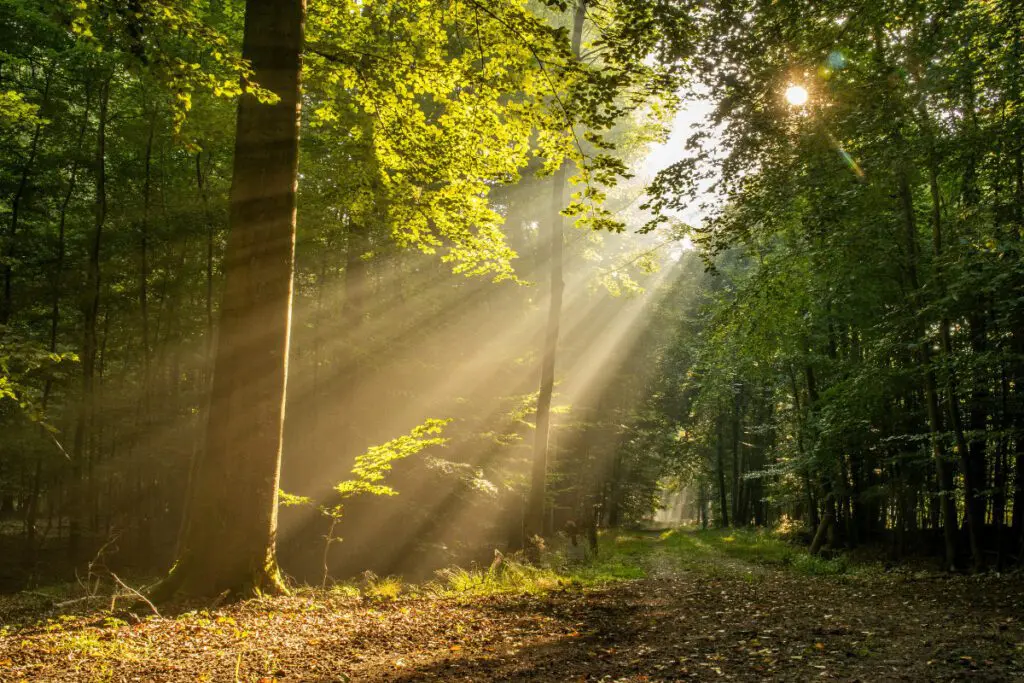
Similarly, in attempting to envision the relationship between horizontal and vertical change, we should try to avoid imagining them as separate processes. Evolutionary change isn’t a spiral placed on top of a mandala, like a vase on a table. It is more like a spiral pulsing with mandalas or a mandala twisting itself into a spiral. While this may be difficult to visualize, it points to the nondualistic nature of evolutionary change. It is an all-of-the-above, complexity-oriented approach.

